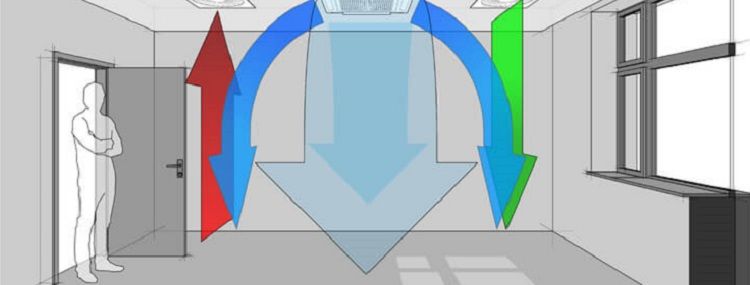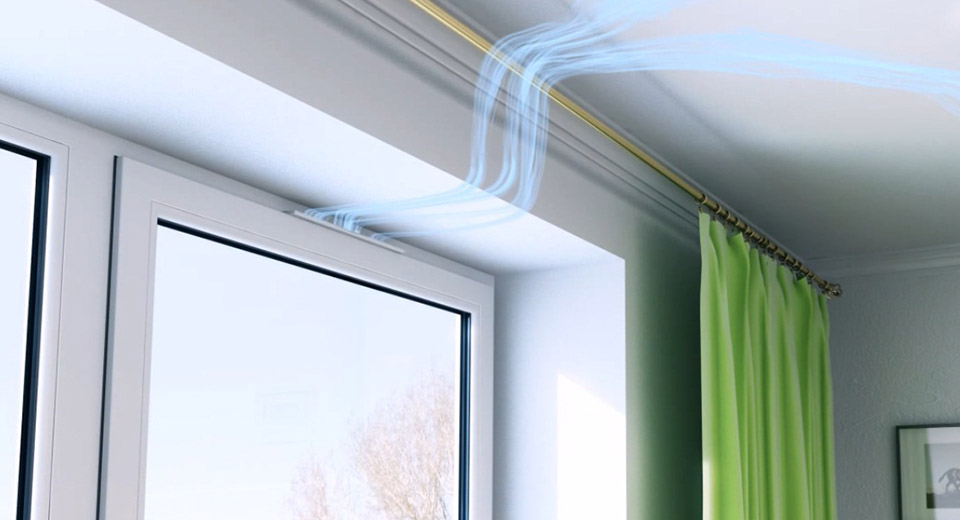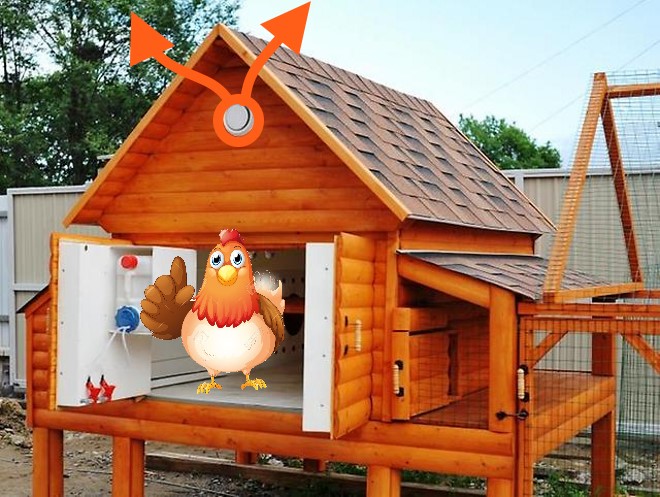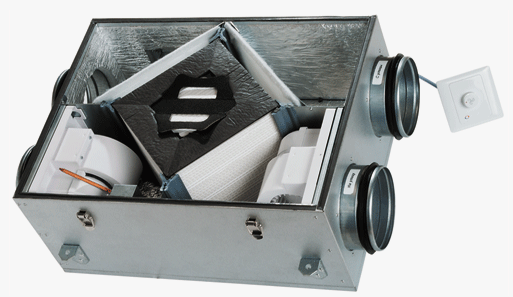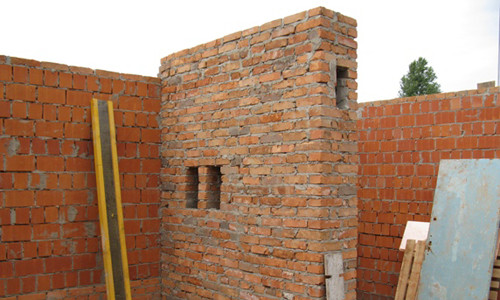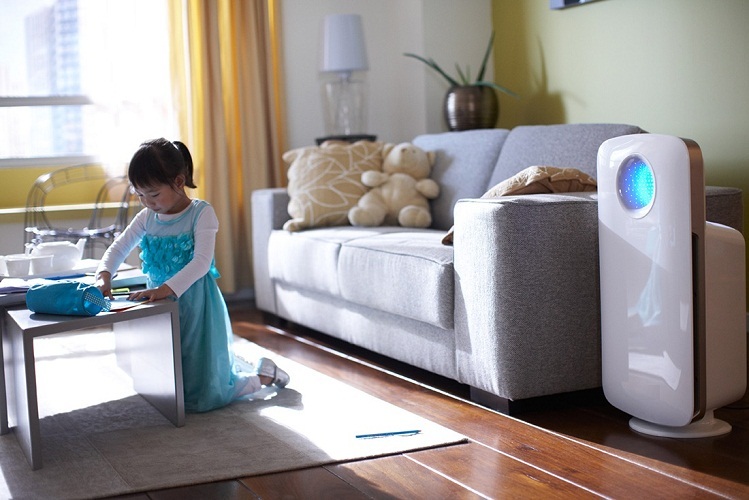To improve the microclimate in residential and industrial premises, special devices are installed that heat or cool air masses coming from the street. This group also includes a water heater built into the supply ventilation ducts of serviced objects. It is useful for many users to find out the principle of operation and the nuances of the design of devices of this class, questions of installation and connection of the heater with their own hands.
Types and characteristics
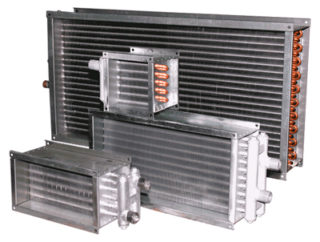
The devices under consideration operate on ordinary water and other types of energy sources. In accordance with the type of energy source used, the following types of heating units are distinguished:
- water;
- steam;
- electrical.
The water air heater is one of the most common types of devices that are distinguished by safety, efficiency and ease of maintenance. The function of the heat carrier in it is performed by hot water coming from the local DHW network or from the boiler. Water heaters for supply ventilation are a very profitable option, characterized by minimal maintenance and operation costs. The only problematic place of the water heater is the complexity of installation associated with the piping of centralized or local heating pipes. Such a binding does not allow you to quickly transfer the device to a new location.
The steam air heater is a complete analogue of water models, differing from them only in the type of coolant used. The constructive difference is manifested in a greater wall thickness for copper tubes (2 mm versus 1.5 mm for water samples). This is due to the significant pressure in the system, which forces the structure of the outlet channels to be strengthened.
A characteristic feature of steam units is the rapid heating of water to the desired temperature. They are in demand at industrial facilities; using them for private needs is impractical.
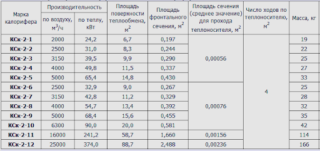
The electric heating installation does not need a heating medium, since the mains voltage of 220 Volts with a frequency of 50 Hertz serves as a source of energy in it. Ease of connecting electrical units provides mobility and ease of use. Their disadvantage is significant power consumption, which limits the use of devices. They are in demand in situations where local heating is required for one-time work (as emergency or temporary heat sources).
The main characteristics of air heaters for heating air include:
- water temperature at the inlet and outlet of the device;
- the speed of the carrier moving along the heating channels;
- air temperature at the unit outlet;
- operating pressure in the system.
When describing the devices, the maximum operating temperature of the liquid circulating in the nozzles and the service life of the product are also indicated.
Principle of operation and design features
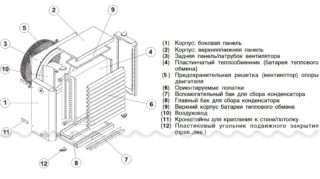
Water heaters are installed in areas with a well-functioning heat supply system. High efficiency and simplicity of the design solution guarantee rapid heating of air to temperatures of + 70–100 ° С. Such devices are in demand at the following civilian facilities:
- hangars and gyms;
- shopping centers and supermarkets;
- greenhouse structures and warehouses, as well as large pavilions.
The majority of premises of significant volume that require additional heating belong to the same category.
The easiest way to understand the principle of operation of the device is to imagine a conventional heating element. The heater heats the environment in the same way, but instead of an electric spiral, it uses a set of metal tubes with a hot coolant circulating through them.
Heating process:
- The heated water from the heating system enters a heat exchanger made of copper, steel or bimetallic tubes.
- As a result, they heat the air streams passing through the device.
- A fan built into the system disperses the heated air around the surrounding area.
The design features of water duct heaters make it possible to do without heating the carrier, which comes from the hot water supply network ready-made. Due to this, significant costs can be saved.
A typical diagram of a water heater is a combination of a heat exchanger, a built-in fan and a simple convector. With a properly selected piping, it is suitable for cottages with a well-functioning air ventilation system.
Installation recommendations
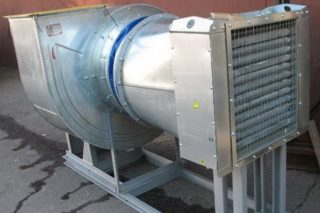
It is not difficult to master the technique of installing supply-type air heaters. You will need to carefully study the assembly instructions, and then strictly follow its instructions. Before starting work, it is taken into account that household models, even of relatively low weight, are hung on a base, the strength of which is checked in advance. Strong concrete or brick walls are suitable for this; moreover, wooden and plasterboard partitions are immediately discarded. Further, it is determined whether it is necessary to use a frost protection thermostat for the supply ventilation ducts. If in this place it is possible for the temperature to drop below normal, the installation of a thermal stabilizer is considered mandatory.
Installation procedure:
- A metal frame is installed in the selected place in the form of a bracket with holes for fixing the case (mounting console).
- The heater body is suspended, to which pipes with a set of shut-off valves are then connected in the sequence specified in the instructions.
- A mixing unit is also mounted here if it was not installed before the start of installation work.
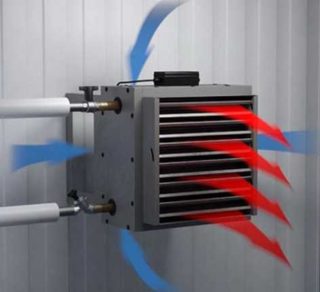
Crashing into the heating system is allowed in two ways. In the first case, connecting fittings or couplings with gaskets are used, and in the second approach, welding is used. The latter option is more reliable, but its use is unacceptable in the presence of flexible connections.
One of the weak points of the mounted structure is the heat exchange pipes, which are subject to constant deformation. Replacing rigid steel pipes with flexible hoses will help to increase the reliability of the system in the area of their location. Such a technique will lead to a decrease in the load on the pipes, which at the joints are additionally sealed by means of a sealed compound.
If the heater housing is fixed on a fixed and solid base, connection by means of rigid pipes is allowed. If during operation it is expected to transfer or displace the device from the workplace, it is necessary to use a flexible hose. At the final stage of installation, the device is checked for operability.
Immediately before testing, it will be necessary to remove the exhaust air from the exhaust ducts, and also check the condition of the valves and guide louvers.
Basics of operation of water units
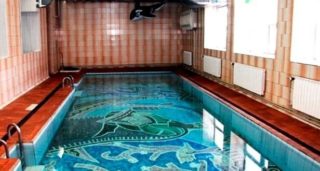
In order for the ventilation heater to serve for a long time and regularly perform its functions, it is necessary to adhere to the following rules:
- monitor the quality of the air in the manned room - the requirements for this indicator can be found in GOST 12.1.005-88;
- the installation of the system should be carried out in strict accordance with the attached instructions and taking into account the manufacturer's recommendations;
- do not increase the temperature of the coolant above the limit value (+ 190 ° C);
- during operation, do not exceed the permissible pressure standards (about 1.2 MPa);
- after prolonged cooling of the serviced room, warm it up gradually (by about 30 ° C per hour);
- make sure that the ambient temperature does not fall below 0 ° C, which could lead to rupture of the heat exchanger tubes.
If the heater is supposed to be used in a room with a high level of humidity, the degree of dust and moisture resistance of the device should not be less than IP66.
It is not recommended to engage in self-repair of the device in the event of a breakdown. You need to contact a service center and entrust the restoration of an expensive device to professionals.
Before buying, it is advisable to decide on the power consumed from the network.
Advantages and disadvantages of using a water heater
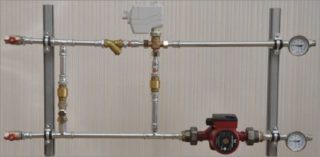
Advantages of heaters connected to a centralized hot water system:
- ease of installation, comparable to the same operations for heating pipes;
- high speed of heating of rooms of any size;
- operational safety;
- the ability to adjust the flow of heated air;
- verified and rigorous design.
Its main advantage in comparison with other models is the absence of additional financial investments (in addition to the costs when buying a new unit).
A significant disadvantage of water heaters is considered the impossibility of using it in a domestic environment. In this case, they are replaced by electrical devices that require strict control of electricity consumption. Another disadvantage of the devices is the inadmissibility of operation in unheated rooms, where the temperature drops below 0 ° C.

